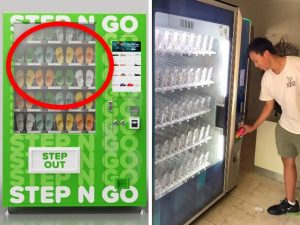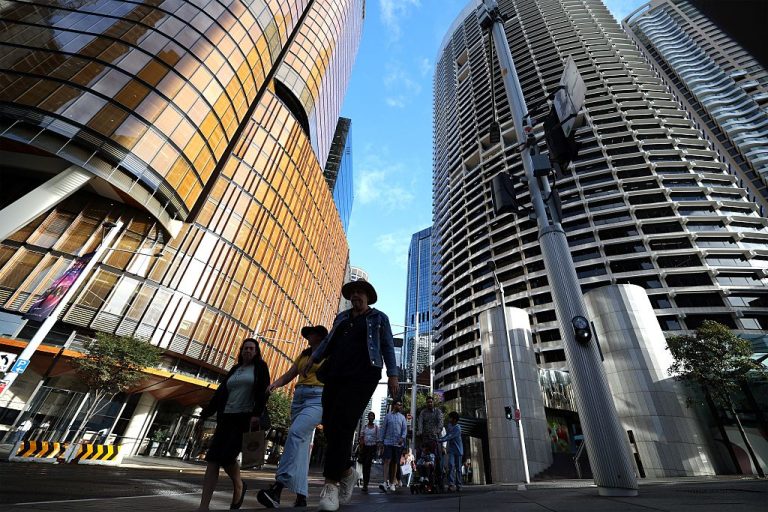Blue-chip companies and advisory firms are seeking to sublease space in key city towers as the coronavirus crisis hits home for corporate Australia.
The hard-hit accounting sector is seeing a wave of floors hit the market, with PwC and KPMG looking to offload space in the Barangaroo district in Sydney.
Meanwhile Deloitte, which is moving into the under-construction Quay Quarter Tower at Circular Quay, has exercised an option to reduce its space by three floors. Major corporations including State Street and Telstra are also looking to sublease space, industry experts said.
The trend is expected to drive up vacancy rates in cities around Australia with incentives also on the rise, ultimately pressuring values. Office vacancy benchmarking conducted by the Property Council of Australia and released on Thursday shows sublease vacancy has experienced a surge in the first half of the year.
Sydney was the worst hit CBD, with sublease vacancy doubling through the period to eclipse the historical average. Melbourne followed a similar yet more reserved trend.
While the figures only reflect the first half of the year and do not take into account the second wave of virus infections or stage four lockdowns in Melbourne, commentators have suggested the city could be the most exposed to the virus impact compared to other capital city CBDs as it must also absorb a wave of newly completed towers.
Overall vacancy within Australian CBD and non-CBD markets increased from 8.3% to 9.5% over the six months to July 2020, with flat tenant demand overall, according to the PCA’s Office Market Report.
At less than 6 per cent vacancy in the key Sydney and Melbourne CBDs, the aggregate of all capital cities remains below the historic average at this stage in the pandemic.
PCA chief Ken Morrison said the office market entered the uncertain times in a strong starting position, which had helped it weather the unpredictable and fast-moving coronavirus storm which is playing out to different extents in each capital city.
Impacts so far are ‘modest’
“This is still the first phase of this thing which you have to acknowledge, but in the context of previous downturns, the impacts are so far modest,” Morrison said.
“The fast moving nature of the pandemic is another aspect of the current dynamic. Yes, recessions can move fast, but this can move faster.”
Melbourne’s increase in vacancy to the end of June can largely be put down to the high levels of new stock coming on to the market. During the surveyed period, six major CBD office projects were completed, offering 313,700sqm of new space with a combined 94% precommitment levels.
Charter Hall Group chief executive David Harrison said the figures reflected good absorption in Melbourne of new supply and argued that newer buildings were taking tenants from older buildings. He said vacancies of less than 8% were still healthy for large markets like Melbourne and Sydney.
Incentives
The modest bump-ups in vacancy seen during the pandemic have done little to starve off incentives, which have begun to creep back into the marketplace.
Knight Frank noted that while face rents in the prime grade stock in Sydney had remained stable, between 25 per cent and 30 per cent of B-grade assets were offering extras to lure contracts.
Knight Frank Australia chief economist Ben Burston said the falls in business confidence and rising supply could create a problem as many companies re-evaluate their need for physical space, with many adapting to working from home.
“The uncertain outlook and the need to adapt workplace strategies are likely to reduce demand for space in the near term and make lower-cost options more attractive for businesses facing cashflow pressure,” Mr Burston said.
JLL head of office leasing, Australia, Tim O’Connor, said space could be absorbed. “While sublease space has increased, we are seeing examples of high quality fitted space being absorbed on the back of expansion by tech users and M&A activity,” he said.
CBRE’s Mark Curtain said leasing activity across Australia’s major east coast office markets remained significantly affected by COVID-19.
– with Ben Wilmot
This article originally appeared on www.theaustralian.com.au/property.








